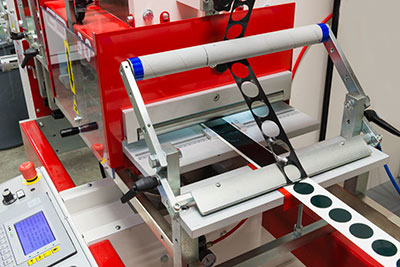Высечка
Мы предоставляем индивидуальные решения по высокоточной высечке, направленные на улучшение ваших производственных процессов и сокращение себестоимости вашей продукции. Наши эксперты помогут вам найти наилучшее решение — проконсультируют по форме, прототипу и производству.
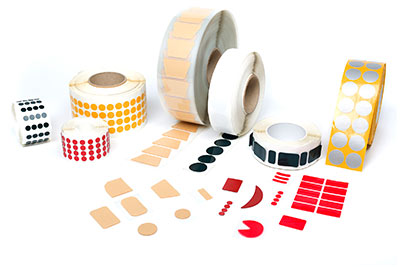
Любой формы и размера
Мы можем высекать формы любых размеров до 320 мм в длину и 320 мм в ширину.
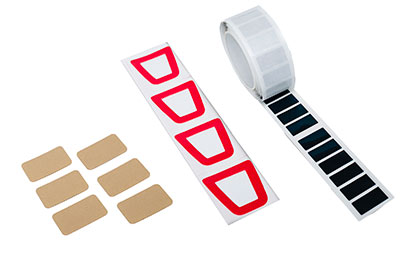
Отдельно, на рулонах или листах
Насечки на рулоне: непрерывный ряд прямоугольных/квадратных высеченных деталей без отступов, поставляемых на подложке
Отдельные формы на рулоне: ряд отдельно-стоящих деталей, поставляемых на подложке в виде рулона
Отдельные детали: высеченные детали поставляются по-отдельности, без рулона.
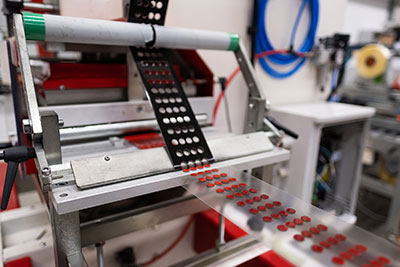
Маленькие и большие тиражи
Плоская высечка позволяет производить маленькие, средние и большие тиражи с умеренными затратами. Этот метод также может работать с более толстыми материалами чем ротационная высечка.
В качестве дополнения к плоской высечке, ротационная высечка использует стальные цилиндры с высокоточной гравировкой. Эта технология применяется для производства более сложных деталей и повышения производительности при больших тиражах.
Знания и опыт
Наши эксперты помогут вам найти наилучшее решение для вашей задачи — проконсультируют по форме, прототипу и производству.
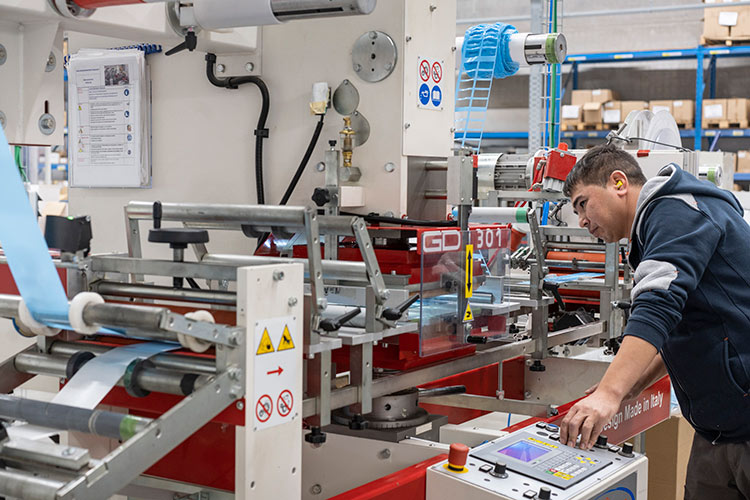
Технология
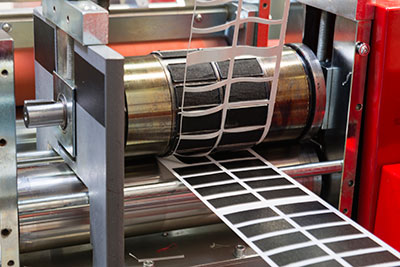
Ротационная высечка
При ротационной высечке используется цилиндрическая пресс-форма на ротационном прессе. Форма вращается, а пресс приводит в движение рулоны материала. Наше передовое оборудование нарезки способно производить короткие катушки из разнообразных материалов. В результате получаются вырезы, материал перфорируется или режется на более мелкие кусочки. Формы, которые используются во время этого процесса, могут быть выгравированы или отрегулированы. Гравированные формы более износостойкие и сделаны из цельного цилиндра.
Плоская высечка
Во время процесса плоской высечки пресс давит с силой минимум 10 тонн. Эта технология рекомендуется для небольших тиражей или более толстых материалов. Используемые формы также дешевле цилиндрических. Стальные ножи фиксируются фанерой или стальными распорками. Эти формы идеальны для коротких прогонов, где стоимость ротационного метода слишком высока.
